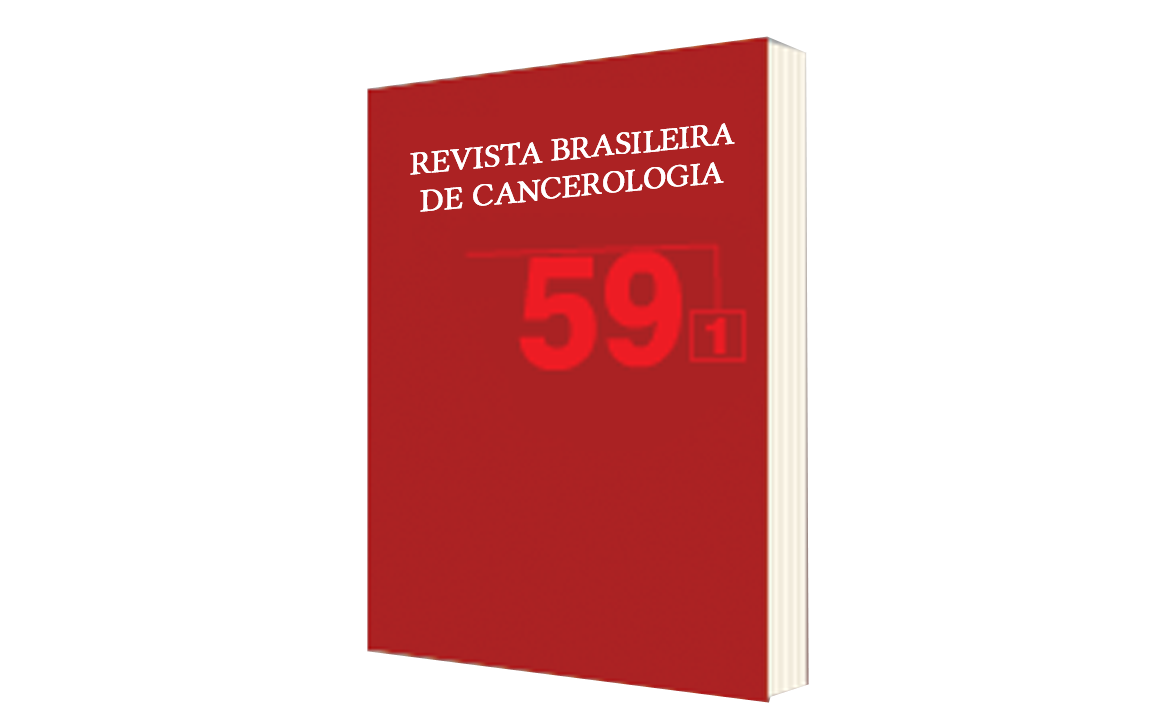Sexual Dysfunction Related to Radiation in Female Pelvis: Nursing Diagnosis
DOI:
https://doi.org/10.32635/2176-9745.RBC.2013v59n1.538Keywords:
Uterine Cervical Neoplasms, Sexual Dysfunction, Physiological, Radiotherapy, Sexuatity, Nursing DiagnosisAbstract
Introduction: The nursing diagnosis subsidizes the basis for prescription of nursing interventions. In this study, focus is on the altered body dysfunction by decreasing light vaginal radiotherapy to treat cervical cancer. Objective: To describe and discuss the occurrence of nursing diagnosis regarding sexual dysfunction related to radiotherapy in the female pelvis for cervical cancer treatment in patients treated at the Brazilian National Cancer Institute - José Alencar Gomes da Silva (INCA). Method: A descriptive observational study, longitudinal type, comprising 142 women. Data collection took place in the gynecology outpatient clinic at the II Cancer Hospital /INCA, through a semi-structured questionnaire. Survival curves were obtained by using the Kaplan-Meyer and were calculated in R application. Results: Decreased libido occurred in 66% and sexual pleasure in 60%; bleeding during intercourse was reported by 49% of women, and dispaurenia in 53%. Increased libido and pleasure occurred in 14% of the sample. Free survival of vaginal stenosis for 60 months was 40%. The median time of occurrence of vaginal stenosis was 42.9 months. Conclusion: The use of nursing diagnosis as a tool to describe the effect of late radiotherapy of sexual dysfunction effectively contemplates the defining characteristics and promotes the formation of appropriate factors related to the situation in question. In this study the most common characteristics were: perceived deficit of sexual desire, inability to achieve desired sexual satisfaction, real limitation imposed by therapy and verbalization of the problem.









